Big animal encounters underwater are incredible experiences… Whether it be sharks, whales, whale sharks, manta rays or amazing creatures like the Florida Manatee or the Australian Giant Cuttlefish. All those creatures exist in today’s world because they are highly evolved. Basically they have earned their place in their food chain!
But they are wild animals and rely on their instincts – so there are no scripts… The encounters are always on their terms and they grace you with their presence. But when they do it is worth all the effort, travel and not inconsiderable cost!
Big Animal Encounters – Sharks
Are you crazy? The most common comment I get when talking about underwater experiences with most non-divers. The movie Jaws really touched a raw nerve when it was released back in 1975 and sharks are greatly misunderstood because of it. With the vast majority of the public firmly believing that sharks are ruthless and deadly killers.
The media is largely responsible for that misperception and love nothing more than a shark attack. But the reality is quite different. Something that you can only begin to appreciate and understand by seeing sharks in their natural environment.
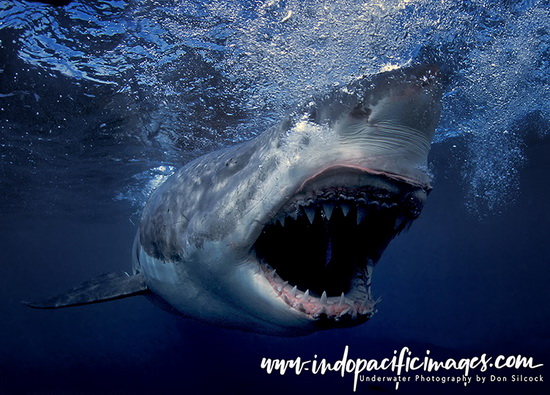
Australian Great White Sharks
The Great White shark is probably the most feared and misunderstood animal in the great brown land down-under!
In a land seemingly full of all sorts of dangerous creatures. The Australian Great White manages to inspire an incredible amount of fear and loathing with the general public
Tiger Sharks
The Tiger Shark ranks just behind the Great White as the second most dangerous shark and has a very intimidating reputation…
And yet, in the season, Tiger Beach in the Bahamas see dozens of divers in the open water with numerous large examples of these formidable and amazing animals
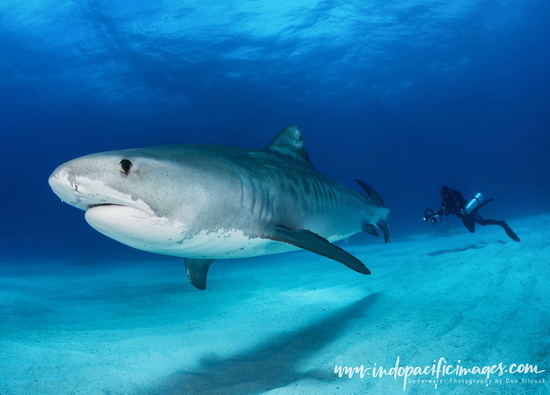
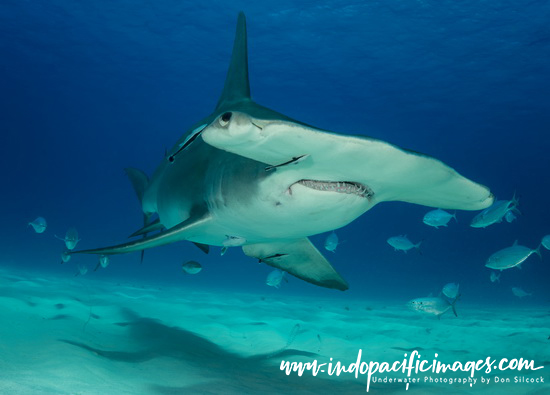
Great Hammerheads
Hammerheads sharks are known to be aggressive hunters, but are not considered particularly dangerous to humans.
Underwater encounters with them are typically rare and fleeting… But Bimini, in the Bahamas, has become the best place in the world to see them up close and personal
Oceanic White Tips
As recently as the mid-1960’s the Oceanic Whitetip shark, was widely considered to be one of the most abundant large animals in the world.
Cat Island in the Bahamas has become one of the few places in the world where, at a certain time of the year, you can now see this increasingly endangered and very impressive shark
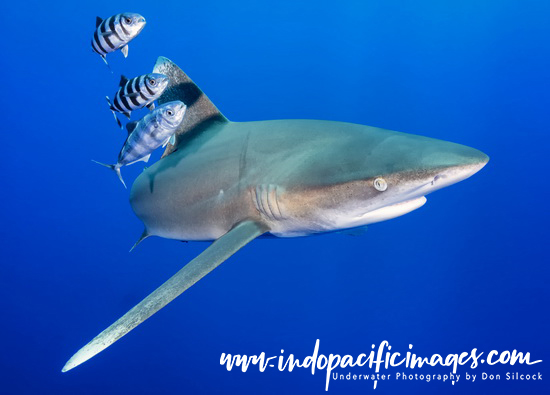
Big Animal Encounters – Whales
For me, big animal encounters do not get any better than coming eye-to-eye with whales. Very large and intelligent creatures that are social in nature, Their behavior is almost the polar opposite of sharks…
Sharks are inherent opportunists, whose basic role is to clean up the dead, dumb and the dying in the ocean. So when they come close, like wild dogs, they are are looking for weakness. Whales on the other hand have no specific agenda. If they come close it’s because they are curious – which makes for an incredible interaction!
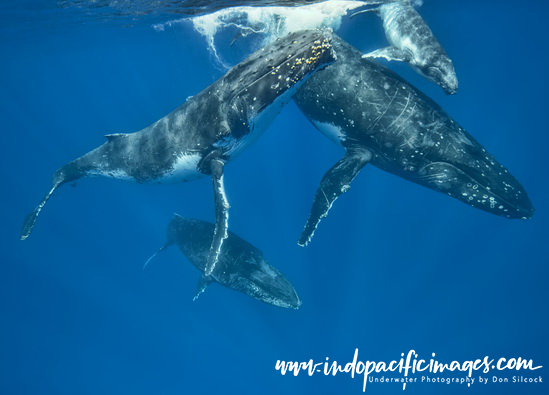
The Humpback Whales of Tonga
Every year, as winter comes to the South Pacific, the island nation of Tonga plays host to hundreds of southern Humpback Whales.
Tonga is one of the few places in the world where it is possible to be in the water and swim with the whales. A very special experience you will never, ever, forget
Sperm Whales of the Azores
Elusive but wonderful creatures, these incredible animals are one of the the main highlights of this remote North Atlantic Ocean archipelago.
September is the optimum month as it has the best visibility. Plus the water temperature is still OK and most tourists have departed. Plus there is a good chance of curious juvenile sperm whales

Big Animal Encounters – Whale Sharks
Being in the water with the largest fish in the sea makes for an exciting underwater encounter. But, they are still a fish with a brain that, relative to the whale shark’s huge size is quite small. Plus they are not really social animals. So an eye-to-eye encounter lacks the “window in to the soul” feel of one with a whale.
Filter feeders that consume huge amounts of plankton, their whole focus seems to be on ingesting every last bit of available nutrition. You are simply ignored… But their massive size still makes the interaction very memorable, if not life-changing!
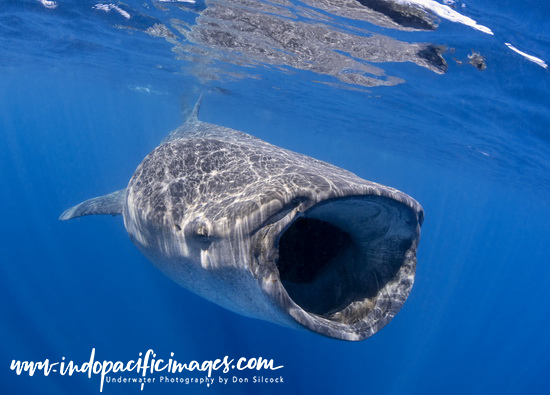
The Whale Sharks of Isla Mujeres
Discovered almost by accident in 2006, the “Afuera” annual aggregation of whale sharks north of Isla Mujeres is an incredible spectacle!
Literally hundreds of whale sharks gather to gorge on the eggs of little tunny tuna that are spawned in the summer months, Creating an “all you can eat” buffet the sharks cannot get enough of
Tofo in Southern Mozambique
The biggest fish in the sea are almost a fixture in the Tofo area. Drawn as they are by the seemingly constant availability of zooplankton.
Whale sharks are solitary oceanic creatures and little is known about their migration patterns. However they seem to be hard-wired to know when to aggregate for significant feeding events
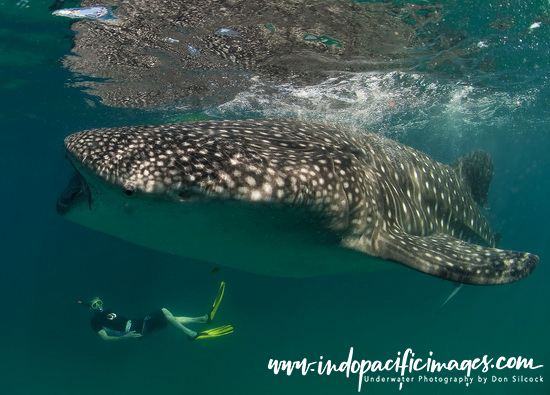
Big Animal Encounters – Manta Rays
Mantas are simply wonderful creatures and are magnificently evolved to do what they do. They are social and intelligent creatures that are also incredibly photogenic! Plankton feeders that are completely harmless to us human beings, they are simply an absolute joy to be in the water with!
There are two known species: Manta birostris, or more commonly the Giant Oceanic Manta, which can grow to 7m in overall width (wing tip to wing tip). And the smaller Manta alfredi, or Reef Manta, which grow to around 5.5m in width. Both species are listed as “vulnerable” on the IUCN Red List…
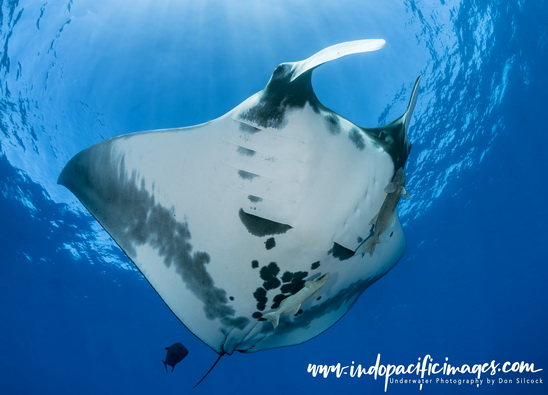
The Oceanic Mantas of Socorro
The Archipiélago de Revillagigedo, or Socorro as it is commonly known, is almost synonymous with giant oceanic manta ray encounters.
Those giant mantas are often referred to as “friendly” – implying human-like behavior… But it is true that they are very used to divers, often initiating the encounter and coming in very close
The Reef Mantas of Milne Bay
Located at the southern end of the China Strait in Milne Bay, the small island of Gona Bara Bara is the best place in PNG to see manta rays!
The site is a cleaning station, just off the beach in 9m of water it is called Giants@Home. The reef mantas are an almost constant fixture and are comfortable with divers in the water
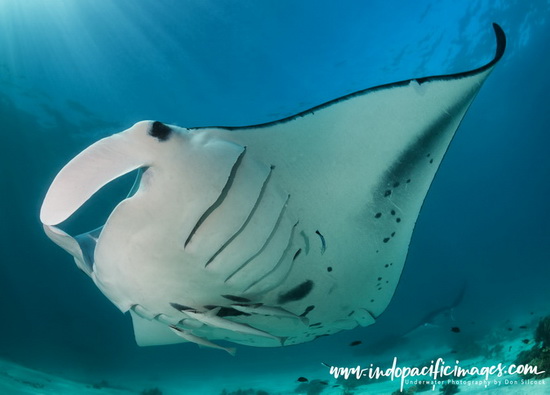
Big Animal Encounters – Manatees and Giant Cuttlefish
Two quite different big animal encounters, but ones that made huge impressions upon me. The Florida Manatees of the Crystal River was my first real exposure to an aggregation of large creatures. I loved it and the experience was the catalyst for all the others I have done!
The annual aggregation of Giant Australian Cuttlefish in Whyalla is an amazing experience. And, like the manatee aggregation, it is all about survival… But survival for the manatees is about keeping warm till the spring comes and restores the Gulf of Mexico water temperatures. For the cuttlefish, it’s all about sex, mating and the survival of the species. Altogether it is an incredible spectacle and has been called “the premier marine attraction on the planet”.

The Mantees of the Crystal River
Every winter, as water temperatures in the Gulf of Mexico drop, hundreds of Florida Manatees migrate up the Crystal River in to Kings Bay.
They come seeking refuge in the warm waters of the fresh water springs of the bay. Uniquely to Crystal River, you are allowed in the water with the manatees. It’s a quite special experience
Giant Australian Cuttlefish
The Giant Australian Cuttlefish (Sepia apama) is the world’s largest cuttlefish and can reach one metre in total length and weigh upto 11kg.
Typically solitary animals, in winter they aggregate in small groups to mate. Everywhere that is except at Whyalla in South Australia where many tens of thousands of them gather
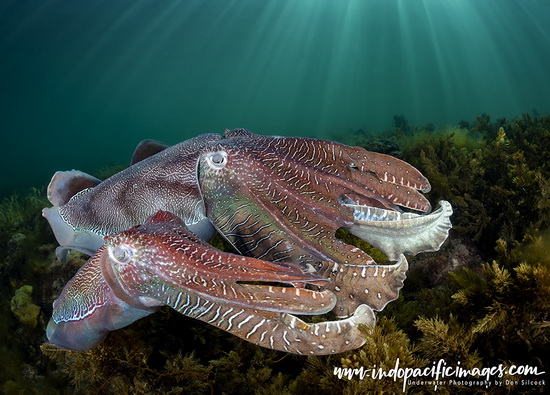
Big Animal Encounters – American Crocodiles
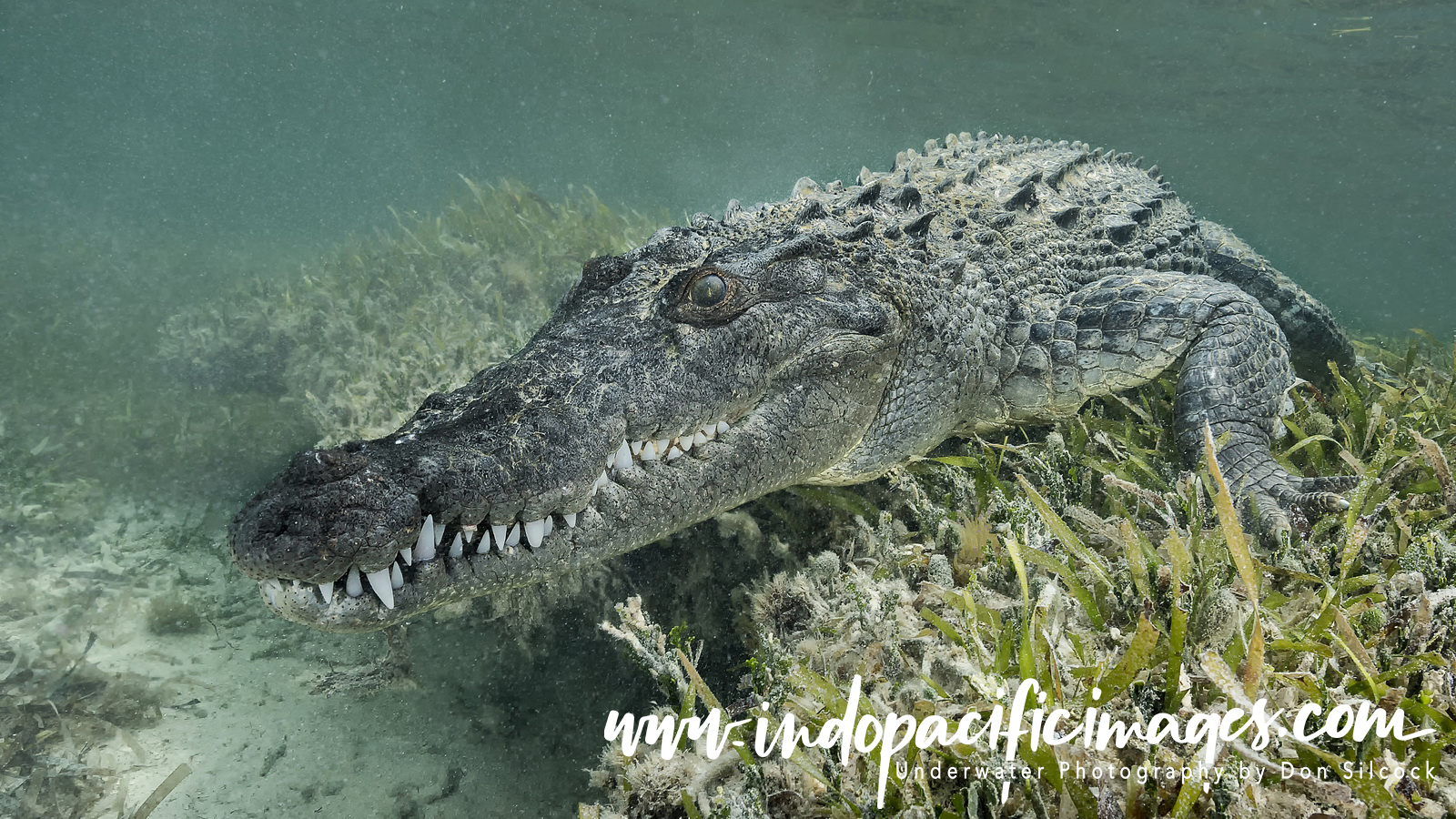
American Crocodiles
Perhaps the scariest of all big animal encounters – well for me anyway – are those with crocodiles. The basic thing is with all the other big animal encounters is that they are dynamic. With the animal usually moving constantly. And, if they do stop, it is typically a fleeting but wonderful interaction.
American crocodiles don’t move much. They tend to sit there with a kind of intense, coiled-up, kinetic energy. What’s scary is that there are almost no indicators of when that energy might be released
